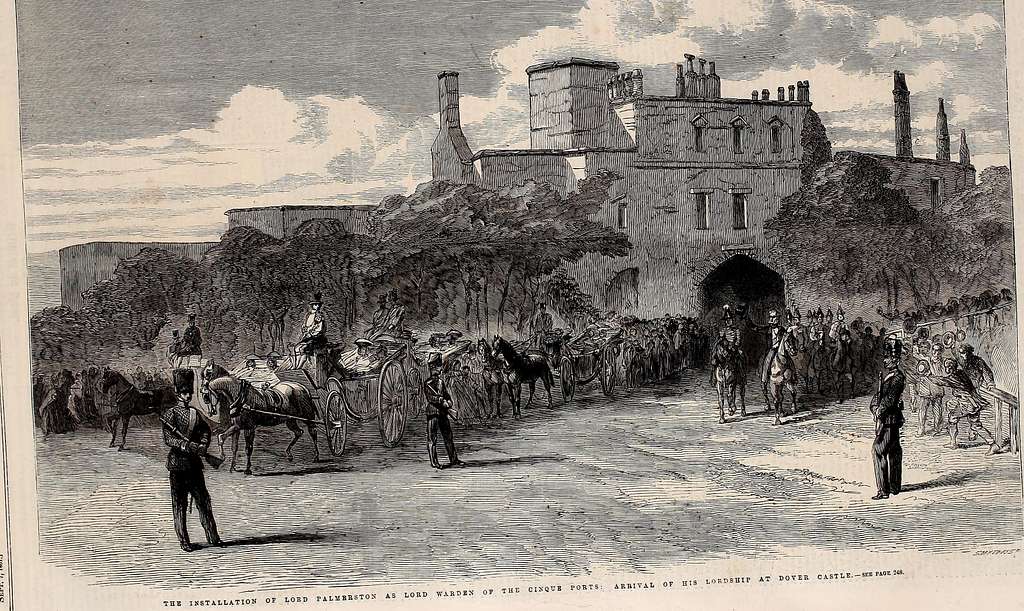The position of lord warden of the Cinque Ports is one of the oldest and most senior of the ceremonial appointments made by the crown. The original title was keeper of the coast, and records date back to at least the 12th century. The holder was responsible for crown writs, the collection of taxes and the arrest of criminals within the jurisdiction of the Cinque Ports. The heraldic arms of the confederation date from 1305, and is the second oldest coat of arms in the country.
The role was created by King Henry III after men of the ports, known as portsmen, sided with the Earl of Leicester in a rebellion against the crown. From 1267 the keeper of the coast was also constable of Dover Castle.
The first recorded holder of the position was William de Averanch who was appointed in 1226; however, we know that he was not the first holder. He was only in the post for one year. Now the honour is granted for life, but some tenures were very short, like Henry de Hoese, Earl of Hastings, who only served in 1232; or Humphrey de Bohun, 3rd Earl of Hereford in 1235 and Bernard de Criol in 1236 – although he was reappointed periodically until 1255.
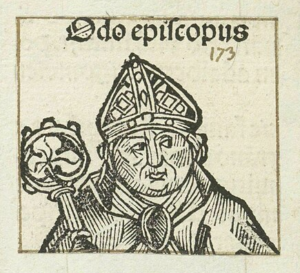
The first recorded keeper of the coast was Bishop Odo of Bayeux between 1066 – 84, half brother of William the Conqueror. The first holder of both the post of lord warden and constable of Dover was Sir Stephen de Pencester, originally in 1267-71, and then intermittently for 32 years.
Some prominent people have held the joint role. Henry of Monmouth, Prince of Wales, later King Henry V, was appointed in 1409, and the future King Henry VIII in 1493. George Boleyn, 2nd Lord Rochford was in office 1534-36. He was brother to the ill-fated Anne Boleyn, second wife of Henry VIII. Rochford was beheaded for allegedly being involved in a treasonous plot against his brother in law in 1536. Frankly, his real guilt seems to have been being brother of Queen Anne.
Between 1778 – 92, the holder was Lord North, the prime minister under whom the American colonies rebelled against the crown. He was followed until 1806 by William Pitt the Younger, who became our youngest ever prime minister aged 24 in 1783.
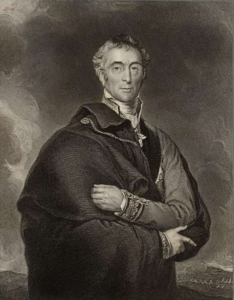
The great Iron Duke, Arthur Wellesley, 1st Duke of Wellington, was appointed in 1829, dying at the residence of the lord warden, Walmer Castle, in 1852. Wellington took his role very seriously and according to a contemporary report, was “most punctual in his attendance at the court”. He even presided over the most minor cases of his Admiralty court. However, one case in 1831 was not as routine as first appeared. In autumn of that year, a whale was beached in Whitstable Bay, and local fishermen had made a claim for salvage. His commissioner for salvage, James Worsfold, told Wellington that he should allow their claim. Shortly after, the Admiralty opened a case in the High Court against Wellington, as Admiral of the Cinque Ports, for allowing the salvage claim, which should have been refused. The High Court writ stated that, “the whale, like the sturgeon was a royal fish and therefore the property of the crown”. The Registrar of the Admiral of the Cinque Ports, Thomas Pain, agreed that the whale did indeed belong to King William IV in right of his being sovereign, but taking as a precedent a similar case from the reign of King Charles II in 1668, the right was transferable to someone else, and in this case that was the Lord Warden. Wellington won the case.
In 1905, George, 1st (and only) Marquess Curzon of Kedleston was appointed. The son of a country parson, he held several of the highest posts in government, including Foreign Secretary and Viceroy of India. He was somewhat out of touch with real life. Walking in Old Bond Street with a friend, he noticed a small, circular silver object in a shop window. Puzzled, he asked his friend what it was. He was told that it was a napkin ring, used by people for whom a clean napkin at every meal wasn’t possible. This shocked Curzon greatly, causing him to ask: “What, can such poverty really exist?”
George, Prince of Wales, held the role for two years between 1907-09, later becoming King George V on the death of his father, King Edward VII, in 1910.
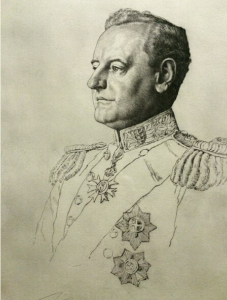
The unfortunate William Lygon, 7th Earl Beauchamp, held the post between 1913 – 34. Again, he was a prominent politician. But he had what was then considered a guilty secret – literally guilty; a secret and overwhelming attraction to members of his own sex. It was a fairly well-known secret, and one that his enemies threatened to use against him, which drove him into a wandering exile. His chief tormentor was Bendor, 2nd Duke of Westminster, a serial womaniser who married five times and had a long affair with Coco Chanel. He was also Beauchamp’s brother in law. Lettice, Lady Beauchamp had no understanding of homosexuality. She apparently believed, to her considerable confusion, that her husband was accused of being a bugler. Beauchamp frequently entertained young male guests at his official residence, Walmer Castle. On hearing about his behaviour, King George V is said to have commented that, “I thought men like that shot themselves”.
Beauchamp went into exile in 1931 and was divorced by his wife. His children actually supported him and thoroughly disliked their mother. A scandal was averted and he remained lord warden until 1934. When one of his children died, Beauchamp took a ferry to Dover, wanting to attend the funeral. However, a warrant for his arrest, instigated by the Duke of Westminster, was in force. Beauchamp hoped for a reprieve, to allow him to attend the funeral. Just to be sure though, he had arranged for a friend to be on the quay at Dover, who would give a prearranged signal if arrest was likely. The signal was given, so Beauchamp stayed on board and sadly sailed back to France and exile. He died of cancer in New York in 1938 aged just 66. Beauchamp is supposed to be the model for the reprobate Marquis of Marchmain in Evelyn Waugh’s great novel, Brideshead Revisited, published in 1945.
Other lords wardens have included Sir Winston Churchill, Sir Robert Menzies and Queen Elizabeth The Queen Mother, who entertained regularly at Walmer Castle. The new lord warden is the distinguished admiral Sir George Zambellas, who recently made his first, well-received visit to Rye.
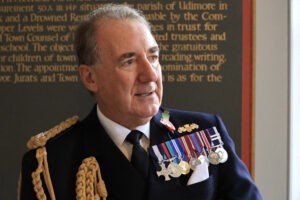
Image Credits: Get Archive CC , Wikimedia CC , Picryl CC , Wikimedia/The Collection of Tenterden Town Council https://creativecommons.org/licenses/by-sa/4.0/deed.en CC , Kt bruce .



